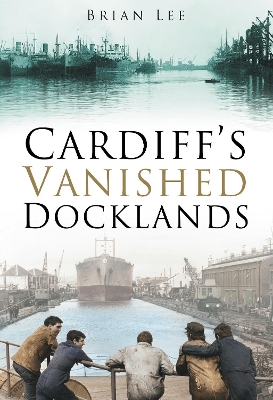Before the Industrial Revolution Cardiff was a sleepy little town on the South Wales coast. That was until mules started arriving laden with coal from the Welsh valleys. The Industrial Revolution took hold, the coal and iron trade took off and a vast complex of docks spread rapidly around the town's natural harbour. The Glamorganshire Canal was built to transport the iron and coal, the railway arrived, and by the late nineteenth century Cardiff had become the largest coal-exporting port in the world. Ships sailed in and out of the harbour from all over the globe. Large numbers of migrant workers were attracted to the area creating the vibrant multi-national community of Butetown. but the decline in the coal and iron industries after the Second World War sounded the death knell for Cardiff's Docklands. By the 1960s Tiger Bay had become a scene of dereliction and with a final sweep of the bulldozers a whole way of life disappeared.
Brian Lee tells the fascinating story of this exciting period in Cardiff's history, illustrated with his selection of more than 200 remarkable photographs which capture the spirit of the era: huge new docks opening, cargoes swinging from ship to shore, warehouses filled to overflowing, streets and pubs a flurry of activity, royal visits and carnivals, and a multitude of different vessels.
- ISBN10 0750944242
- ISBN13 9780750944243
- Publish Date 21 September 2006
- Publish Status Active
- Publish Country GB
- Imprint The History Press Ltd
- Edition UK ed.
- Format Paperback
- Pages 144
- Language English
- URL http://thehistorypress.co.uk/products/Cardiffs-Vanished-Docklands.aspx
